Related Research Articles

Organisation Todt was a civil and military engineering organisation in Nazi Germany from 1933 to 1945, named for its founder, Fritz Todt, an engineer and senior Nazi. The organisation was responsible for a huge range of engineering projects both in Nazi Germany and in occupied territories from France to the Soviet Union during World War II. It became notorious for using forced labour. From 1943 until 1945 during the late phase of the Third Reich, OT administered all constructions of concentration camps to supply forced labour to industry.

Fritz Todt was a German construction engineer and senior figure of the Nazi Party. He was the founder of Organisation Todt (OT), a military-engineering organisation that supplied German industry with forced labour, and served as Reich Minister for Armaments and Ammunition in Nazi Germany early in World War II, directing the entire German wartime military economy from that position.
Sir Ernest John Hutchings Lemon was an English railway engineer, and was chief mechanical engineer of the London, Midland and Scottish Railway and later one of its three Vice-Presidents. During the run-up to the Second World War, Lemon was made Director-General of Aircraft Production and made crucial improvements to aircraft production.
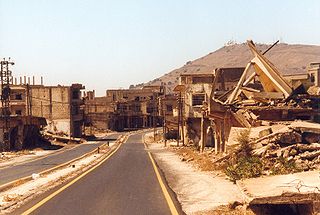
Quneitra is the largely destroyed and abandoned capital of the Quneitra Governorate in south-western Syria. It is situated in a high valley in the Golan Heights at 1,010 metres (3,313 feet) above sea level. Since 1974, pursuant to United Nations Security Council Resolution 350 and the Agreement on Disengagement between Israel and Syria, the city is inside the UN-patrolled buffer zone.

Swiss Locomotive and Machine Works was a railway equipment manufacturer based in Winterthur in Switzerland. Much of the world's mountain railway equipment was constructed by the company.

The Historical Dictionary of Switzerland is an encyclopedia on the history of Switzerland. It aims to present the history of Switzerland in the form of an encyclopaedia, published both on paper and on the Internet, in three of the country's national languages: German, French and Italian. When it was completed at the end of 2014, the paper version contained around 36,000 articles divided into thirteen volumes.At the same time, a reduced edition of the dictionary has been published in Romansh under the title Lexicon istoric retic (LIR), and constitutes the first specialist dictionary in the Rhaeto-Romance, Switzerland.

Quneitra Governorate is one of the fourteen governorates (provinces) of Syria. It is situated in southern Syria, notable for the location of the Golan Heights. The governorate borders the countries of Lebanon, Jordan and Israel, and the Syrian governorates of Daraa and Rif Dimashq. Its area varies, according to different sources, from 685 km2 to 1,861 km2. The governorate had a population of 87,000 at the 2010 estimate. The nominal capital is the now abandoned city of Quneitra, destroyed by Israel before their withdrawal in June 1974 in the aftermath of the Yom Kippur War; since 1986, the de facto capital is Ba'ath City.
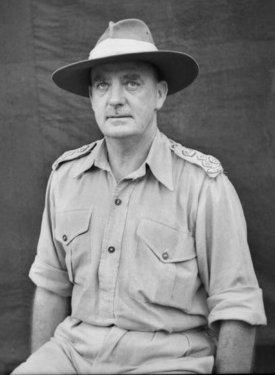
Lieutenant General Victor Clarence Secombe, was a general officer of the Australian Army. He served in the First and Second World Wars.
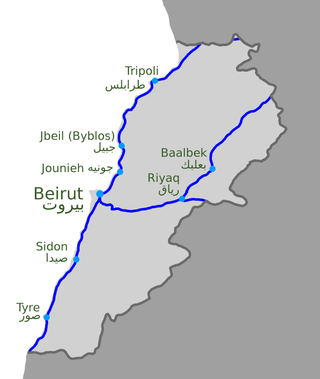
Rail transport in Lebanon began in the 1890s as French projects under the Ottoman Empire but largely ceased in the 1970s owing to the country's civil war. The last remaining routes ended for economic reasons in the 1990s. At its peak Lebanon had about 408 kilometres (254 mi) of railway.
Sir Thomas Angus Lyall Paton was a British civil engineer from Jersey. Paton was born into a family that had founded the civil engineering firms of Easton, Gibb & Son and Sir Alexander Gibb & Partners and he would spend his entire professional career working for the latter. Following his graduation from University College London one of his first jobs was the construction of a dam in Maentwrog in Wales. Paton later became an expert on dams and much of his career was devoted to their construction. In 1931 he undertook an economic survey of Canada which recommended a programme of works for its port system. This report was still being used into the 1970s. During the Second World War Paton was involved with the construction of gun emplacements in the Dardanelles, Turkey and of caissons for the Mulberry Harbours used after the Invasion of Normandy.

Palestine Railways was a government-owned railway company that ran all public railways in the League of Nations mandate territory of Palestine from 1920 until 1948. Its main line linked El Kantara in Egypt with Haifa. Branches served Jaffa, Jerusalem, Acre and the Jezreel Valley.
Henry Francis Cronin CBE, MC, BSc (Eng) (1894–1977) was a British civil engineer and army officer. He served in the Royal Inniskilling Fusiliers and the Royal Engineers during the First World War and was awarded the Military Cross for constructing defensive works and taking part in assaults under heavy fire. Cronin was appointed chief engineer of London's Metropolitan Water Board in 1939 and held that position until 1959. During the London Blitz he worked hard to maintain water supplies for fire fighting.

Ateliers de constructions mécaniques de Vevey (ACMV) was a metal engineering company based in Vevey, Switzerland. Founded as Ateliers B. Roy & Cie. in 1848 by Benjamin Roy it became Ateliers de constructions mécaniques de Vevey SA in 1895.

Pauling & Co. was a major British civil engineering contractor renowned chiefly for building the railways of Southern Africa.
Eduard de Muralt was a Swiss-German professor of theology, librarian, and palaeographer.
Samuel Scheps (1904–1999) was a Zionist activist.
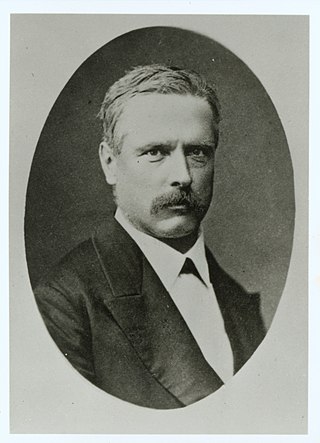
Arnold Bürkli is principally known as a municipal engineer in Zürich, Switzerland.
Gruner AG, with headquarters in Basel, is a Swiss engineering services company. It has 21 subsidiaries at 33 sites in Switzerland, Europe and International. The business activities include project development, general planning and consultancy tasks in building construction and infrastructure development, safety consulting, renovation, project management and controlling. The Gruner Group has over 1000 employees from over 50 different professions.
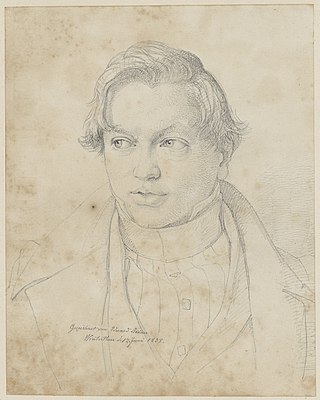
David Eduard Steiner was a Swiss painter.
Morton Engineering and Dry Dock Company was a shipbuilding company from Quebec City, Quebec. It was located in the Lower Town area of the city, along the Saint-Charles River. Founded in 1858, the shipyard stayed in operation until 1949, when it constructed its last ship. It built ships for the Royal Navy and Royal Canadian Navy during both world wars. In 1947, the company was renamed St. Lawrence Metal and Marine Works.
References
- 1 2 Thomas Fuchs (13 May 2008). "Gruner, Eduard" [Historical Dictionary of Switzerland]. Dictionnaire historique de la Suisse (in French). Berne, Switzerland: Dictionnaire historique de la Suisse. Retrieved 12 February 2010.
- ↑ Gruner AG (2 November 2009). "Schweizer Pioniere der Wirtschaft und Technik" [Swiss pioneers in business and technology] (in German). Archived from the original on 10 November 2009. Retrieved 12 February 2010.
- ↑ H. S. Amerasinghe (1 October 1976). "Report of the Special Committee to Investigate Israeli Practices Affecting the Human Rights Of the Population of the Occupied Territories". United Nations General Assembly. Archived from the original on 22 June 2011. Retrieved 11 February 2011.